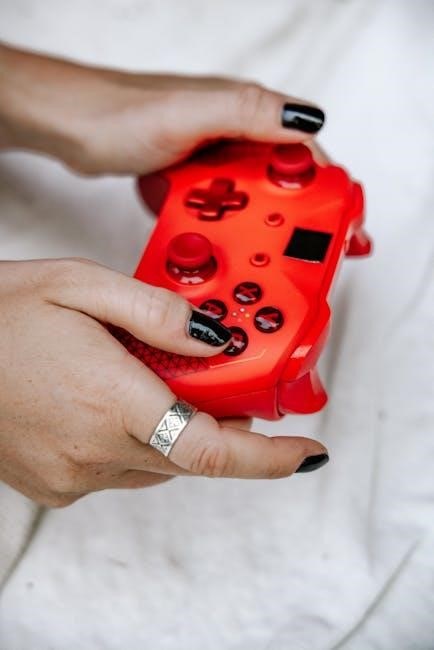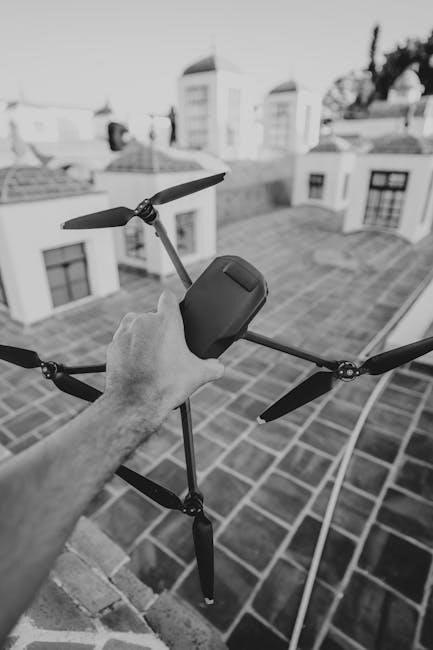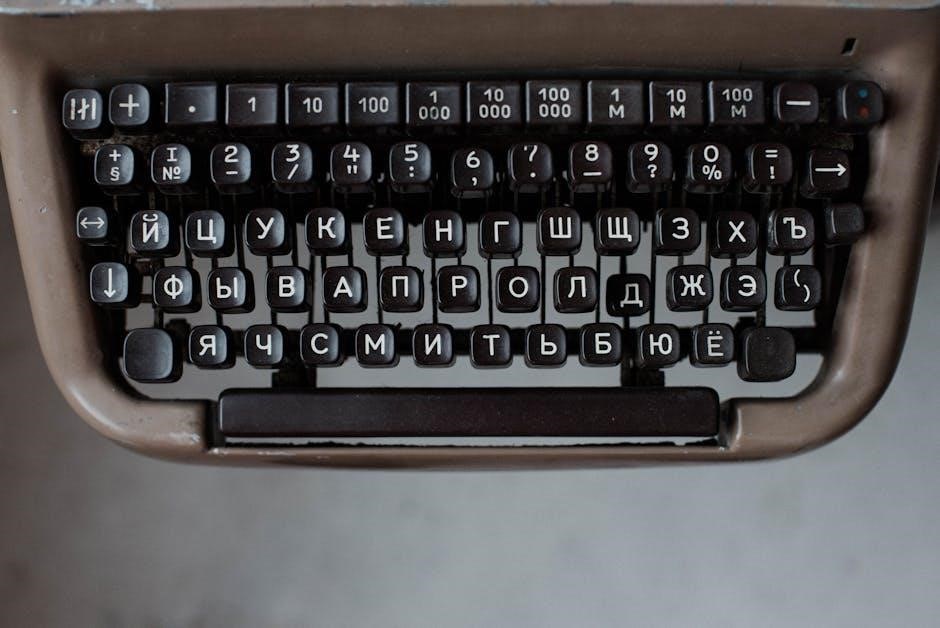
what feature of your manual propelling device
Manual propelling devices are essential for boat safety, typically including oars or paddles, and are crucial for emergency situations, according to the Small Vessel Regulations online.
Definition of a Manual Propelling Device
A manual propelling device is defined as a set of oars, paddles or another device that uses human power to propel a vessel, including a rudder on a small sail boat or a paddle wheel on a paddle boat. This definition encompasses anything that a person can operate by hand or foot to propel a boat, providing a manual means of propelling the vessel. The device can be a simple set of oars or a more complex system, but its primary function is to allow the user to control the vessel’s movement using manual power. According to online sources, this definition is crucial for understanding the role of manual propelling devices in boat safety and operation, and is an essential feature of many types of vessels. Manual propelling devices are a key component of boat safety equipment.

Types of Manual Propelling Devices
Manual propelling devices include oars and paddles and other devices for boat propulsion easily.
Examples of Manual Propelling Devices
Examples of manual propelling devices include a set of oars, a paddle, or a rudder on a small sail boat. A paddle wheel on a paddle boat is also considered a manual propelling device. These devices are used to propel a boat in the water, allowing for navigation and control. According to the Small Vessel Regulations, a manual propelling device can be anything that a person can operate by hand or foot to propel a boat. This includes oar locks and other similar devices. Manual propelling devices are an essential part of boat safety and are required on certain pleasure craft. They provide a means of propulsion in case of an emergency or engine failure. Overall, manual propelling devices are a crucial component of boat operation and safety. They come in various forms and are used on different types of boats.

Importance of Manual Propelling Devices
Manual propelling devices ensure boat safety and control always.
Emergency Situations
In emergency situations, manual propelling devices are crucial for ensuring the safety of passengers and crew. According to the Small Vessel Regulations, a manual propelling device can be used to manoeuver a boat in case of a breakdown. This can include oars, paddles, or even a rudder on a small sail boat. In the event of an engine failure, a manual propelling device can help to propel the boat back to shore or to a safe location. It is essential to regularly inspect and maintain manual propelling devices to ensure they are in good working condition and easily accessible in emergency situations. By having a reliable manual propelling device on board, boaters can minimize the risk of accidents and ensure a safe return to shore. Regular checks and maintenance are vital to ensure device functionality.
Regulations Regarding Manual Propelling Devices
Small Vessel Regulations require manual propelling devices on certain pleasure craft, including oars or paddles, for safe boat operation always.
Small Vessel Regulations
Small Vessel Regulations outline specific requirements for manual propelling devices on pleasure craft, including the type and size of device needed. The regulations state that pleasure craft up to 9 metres in length must carry a manual propelling device or an anchor with a minimum of 15m of rope, cable, or chain. These devices must be easily accessible and in good working condition. The regulations also provide guidance on the types of manual propelling devices that are acceptable, such as oars, paddles, and rudders. By following these regulations, boaters can ensure they are prepared for emergency situations and can operate their vessels safely. The regulations are an important part of boating safety and should be carefully reviewed by all boaters. They are designed to protect both the boater and others on the water.

Features of Manual Propelling Devices
Manual propelling devices have human power features always included naturally.
Human Power
Manual propelling devices rely on human power to operate, using muscles to generate movement. This feature is essential for devices like oars, paddles, and paddle wheels. The human power required to operate these devices can vary depending on the type and size of the vessel. For example, a small sailboat may require less human power to propel than a larger paddleboat. The use of human power also means that manual propelling devices are environmentally friendly and do not produce any emissions. Additionally, human power allows for a more intimate connection with the water and the surrounding environment, making the experience more enjoyable and rewarding. Overall, the human power feature of manual propelling devices is a key aspect of their design and functionality, and is an important consideration for boaters. Human power is a natural and reliable source of energy for these devices.

Selection of Manual Propelling Devices
Choose a device based on vessel size and type, considering factors like weight and durability, for safe operation always.
Factors to Consider
When selecting a manual propelling device, several factors should be considered, including the size and type of vessel, as well as the number of passengers on board. The device should be sturdy and durable, able to withstand various weather conditions. Additionally, the weight and ease of use of the device are important considerations, as it should be easily accessible and operable in emergency situations. The cost of the device is also a factor, as well as any additional features it may have, such as a paddle or oar lock. By considering these factors, individuals can choose a manual propelling device that meets their needs and ensures safe operation of their vessel. The device should also be well-maintained and regularly inspected to ensure it remains in good working condition.
Manual propelling devices are vital for safe vessel operation always.
A summary of manual propelling devices reveals their importance in vessel safety, with features including oars, paddles, and rudders, all crucial for emergency situations and maneuvering, as stated online, and they provide a means of propulsion when engines fail, and are required by regulations for certain vessel lengths, and can be used in various water conditions, and are an essential piece of equipment for any boat, and their use can help prevent accidents, and are a vital part of boat safety, and can be used to steer and propel a vessel, and are available in different types and sizes, and can be used in conjunction with other safety equipment, and are a necessary item for all boaters to have on board their vessel at all times.